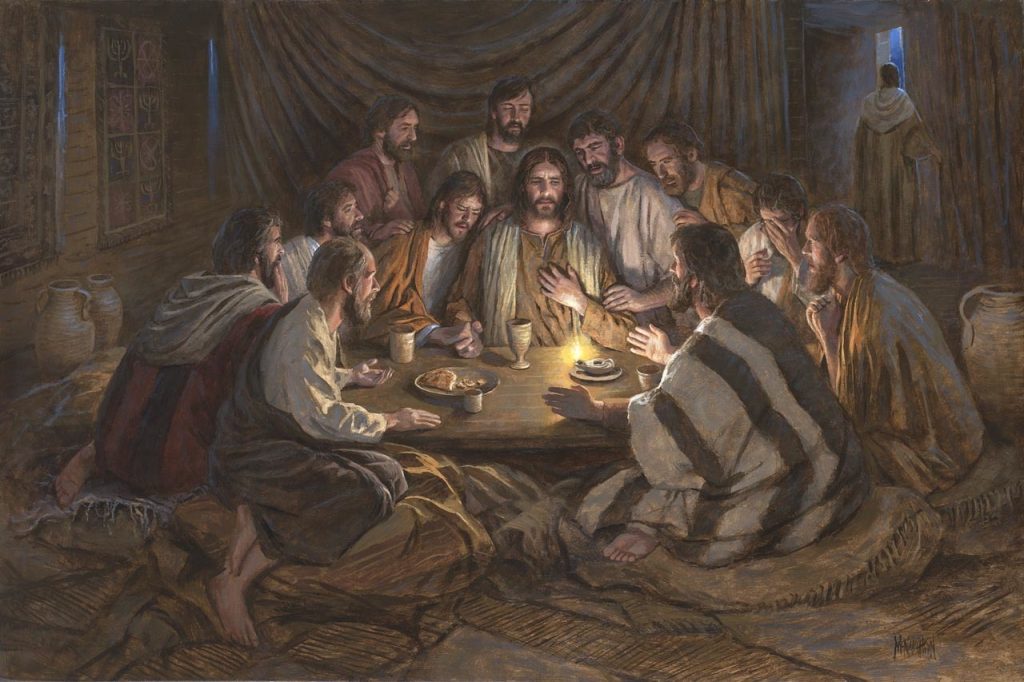

Understanding the Eucharist
PREPARING THE CHURCH FOR MASS
For the celebration of Mass the Priest uses special vessels, which are called sacred vessels.
Sacred vessels are the receptacles and utensils used in liturgical celebrations to hold the consecrated Body and Blood of Christ. These are the chalice, paten, and ciborium. The sacred vessels are to be treated with special care and reverence.
Precious metal is the preferred and best material to use for these items. The artistic style and design of the vessels may reflect the local region; however they should be designed in a way to make it apparent that they are indeed sacred vessels for liturgical purposes, not something for everyday use.
It may be necessary to have microphones on the altar, so that the assembly can clearly hear what the Priest is saying. Candles are required for all liturgical celebrations and should be placed either on or around the altar to suit the design of the altar and sanctuary and not interfere with the assembly’s view of what is taking place. There is also to be a cross, with the figure of Christ crucified upon it, either on the altar or near it, where it is clearly visible to those assembled.
The following lists the elements required for the celebration of the Mass and outlines their purpose.
ALTAR
The altar is the table or structure on which the church’s sacred meal is celebrated.
This sacred meal makes present the sacrifice Jesus made for us by dying on the Cross and it is a thanksgiving meal where we give thanks to God for sending the person of Jesus to show us the ways to live in the presence of God’s love.
The altar is the table that the community gather around under the leadership of the Priest to remember God’s love for us and give thanks for the living memory of Jesus who show us the way to the Father in heaven.
ALTAR CLOTH
The earliest Christians lived in a region where fine linen, especially linen from Egypt, had been highly prized for centuries. It is no surprise, then, that primitive documents from the Mediterranean basin make note of the use of one fine linen cover over for the altar.
The current practice today echoes the earliest Christian practice with at least one white cloth covering the altar for the celebration of Mass. (General Instruction of the Roman Missal #117).
ALTAR CRUCIFIX
In ancient times, the processional Cross was the basic Christian symbol used at the altar. After leading the community into their gathering place, it was prominently positioned for the rest of the ritual action. It was later in history that the cross became a crucifix or the Body of Christ clearly visible and was placed on the altar so that as the Priest was saying Mass he could glance at it during the Eucharistic Prayer.
The current practice is to have a crucifix on or close to the altar. (General Instruction of the Roman Missal #117).
CANDLES
Candles are to be used at every liturgical celebration as a sign of reverence and festiveness.
Symbolically candles represent Christ as the light of the world which is most prominent at the Easter Vigil.
On or next to the altar are to be placed candlesticks with lighted candles: at least two in any celebration, or even four or six, especially for a Sunday Mass or a holy day of obligation. If a diocesan Bishop celebrates, seven candles should be used.
#ExpectGreatThings


© Infant Jesus School 2017
17 Smith St, Morley WA 6062
Tel: (08) 9276 1769 | Fax: (08) 9276 2998
Website by Chameleon Logic








